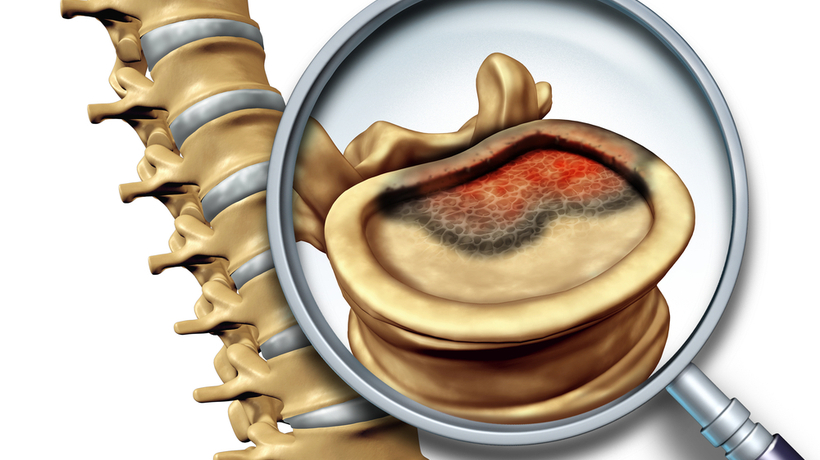Bone cancer can start in any bone in the body, but is most commonly seen in the pelvis or the long bones of the arms and legs. Cancers that begin in the bone are called primary bone cancers, and don’t include cancers that start elsewhere and then spread to the bone.
Bone cancer is rare and accounts for less than one percent of all cancers. While bone cancer can happen at any age, it is more common in children, teenagers and young adults.
Types of Bone Cancer
There are three main types of bone cancer:
- Chondrosarcoma: occurs most often in the pelvis, hip and shoulder. Unlike most bone cancers, this type occurs more frequently in adults than in younger people.
- Ewing sarcoma: The tumors often begin in the leg bones and the pelvis, but they can occur in any bone.
- Osteosarcoma: This is the most common type of bone cancer. It is often found in long bones — most commonly in the legs, but it can start in any bone.
Are All Bone Tumors Cancerous?
Not all bone tumors are cancerous, however, people with bone tumors may still need treatment to reduce the risk of other issues such as weak bones, joint problems and destruction of healthy bone tissue.
Symptoms of Bone Cancer
Some people may have no symptoms other than a painless lump, while others may have a variety of other symptoms. Some of the most common include:
- Bone pain
- Swelling and tenderness near the affected area
- Weakened bone, leading to fracture
- Fatigue
- Unintended weight loss
Causes of Bone Cancer
The causes of most bone cancers is unknown. However, experts have found links between bone cancer and exposure to radiation or drugs during treatment for other cancers. Other possible causes are conditions that are passed down hereditarily.
Bone Cancer Risk Factors
According to the Mayo Clinic, doctors have found certain factors associated with an increased risk for bone cancer, including:
- Inherited genetic syndromes: there are rare genetic conditions that can increase the risk of bone cancer including Li-Fraumeni syndrome and hereditary retinoblastoma.
- Paget’s disease of bone: this most commonly occurs in older adults, and can increase the risk of bone cancer developing later.
- Radiation therapy for cancer: exposure to large doses of radiation, such as radiation therapy for cancer, increases the risk of bone cancer in the future.
For more information on bone cancer, including diagnosis and treatment, visit www.mayoclinic.org.



